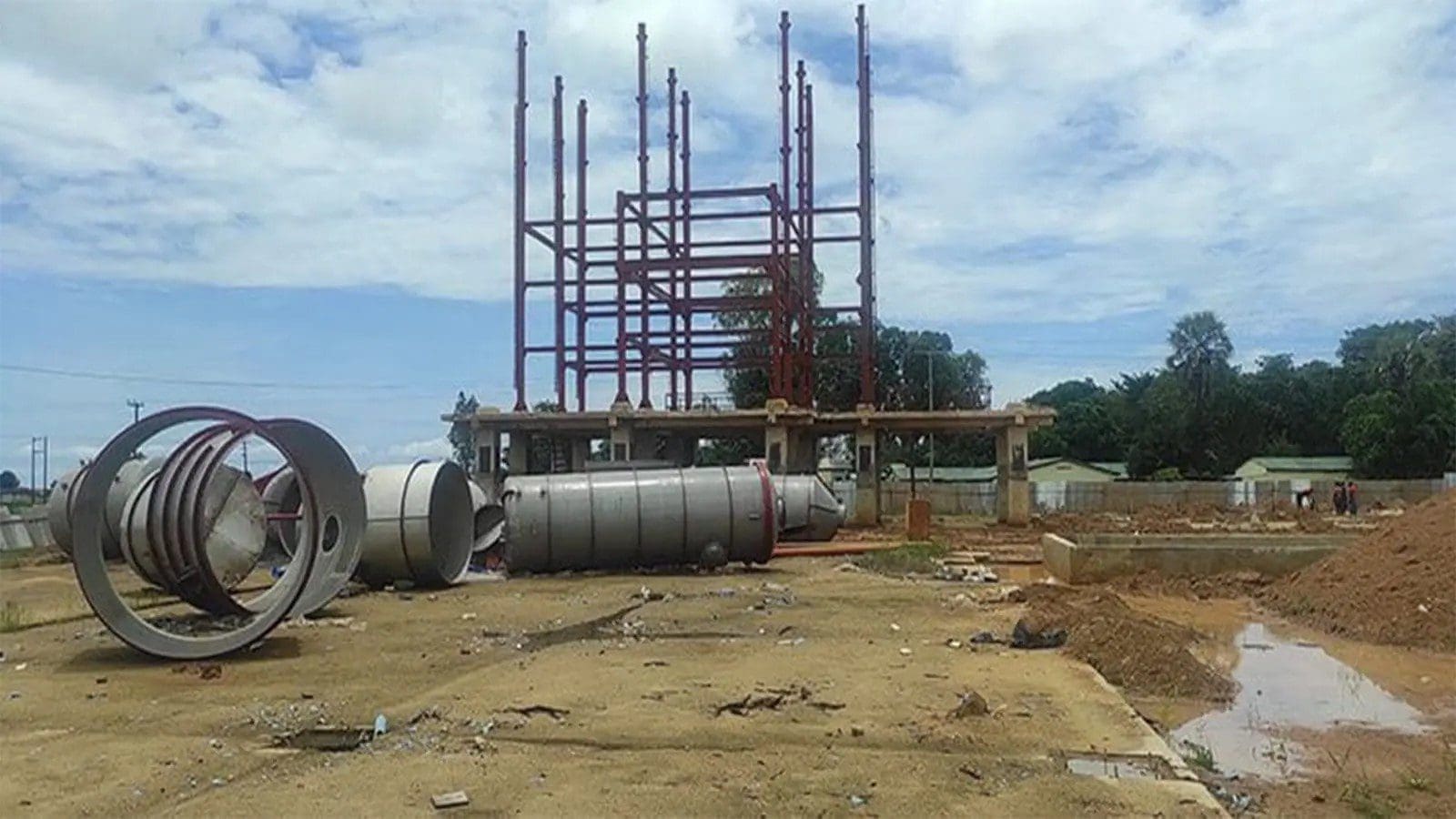ETHIOPIA – Ethiopia is one of the world’s leading coffee producers, but farm yields are relatively low as coffee growers harvest 40% less per hectare than their counterparts in Uganda and just one-third of what farmers in Colombia produce.
According to a report by TechnoServe, the low productivity is attributed to the aging stock of coffee trees in the country, as the plants tend to produce less coffee over time.
The non-profit organization has identified that stumping, in which an old single-stem coffee tree is rejuvenated by cutting its stem down to the stump, is an effective way to increase the production of aging trees.
However, to ensure that the Ethiopian coffee growers embrace the crop husbandry technique, TechnoServe undertook a pilot project in which they offered the farmers basic tools to carry out the activity.
In Ethiopia, farmers are often reluctant to rejuvenate their trees in this way: because the tree yields no coffee during the first year it grows back and a limited amount during the second harvest, thus fear the initial loss of income.
To evaluate the impact of the initiative and address the reluctance, research firm Laterite carried out a study funded by the Max und Ingeburg Herz Stiftung through HereWeGrow, comparing the productivity of the farmers who were offered the incentives against that of a control group (without the tools.)
Further to that, the study was aimed to see if offering coffee growers basic farm tools in exchange for stumping their coffee trees made them more likely to adopt the practice.
2,546 coffee trees were stumped in the control communities, while nearly 18,000 coffee trees were stumped in the pilot communities.
Technoserve
In two communities in Ethiopia’s Sidama region, TechnoServe provided farmers with training on the benefits of stumping and how to carry out the practice, and then offered them sets of tools–ranging from pruning shears, bean seeds for those stumping at least 50 trees.
Meanwhile those stumping more than 150 trees were awarded a wheelbarrow after verification that they had carried out the practice.
Two neighbouring communities were selected to serve as a control and were only provided training.
According to the study, offering of incentives was seen to be a cost-effective way to significantly increase yields on Ethiopian coffee farms.
Among the control group, 5.5% of farmers stumped coffee trees, with each farmer who adopted the practice stumping an average of 40 trees.
In the communities that were offered incentives, 15% of farmers stumped coffee trees, with each farmer stumping an average of 80 trees.
In total, 2,546 coffee trees were stumped in the control communities, while nearly 18,000 coffee trees were stumped in the pilot communities.
The study also demonstrates that offering tools as an incentive can be highly cost-effective as the average cost of the incentives ranged from US$0.33 to US$0.49 per tree, depending on the package.
Meanwhile, a stumped coffee tree can be expected to earn a farmer approximately US$1 of additional income during each annual harvest.
An earlier pilot found that providing cash incentives of US$0.70 per tree resulted in a similar rate of stumping.
“What this study makes clear is that relatively low-cost incentives like farm tools can dramatically increase the adoption of stumping.
“There’s a real opportunity for stakeholders around the world to scale up this approach, increasing Ethiopia’s coffee supply and–most importantly–helping Ethiopian farmers to lift their families out of poverty.” said Paul Stewart, global coffee director for TechnoServe.
Despite Ethiopia registering low yields of coffee, USDA in a recent GAIN report, projects that the country’s productivity will reach 7.62 million bags (457,200 MT) in the Marketing Year (MY) 2021/22. This is 20,000 million bags higher than the current 2020/21 crop estimate.
Liked this article? Subscribe to Food Business Africa News, our regular email newsletters with the latest news insights from Africa and the World’s food and agro industry. SUBSCRIBE HERE










